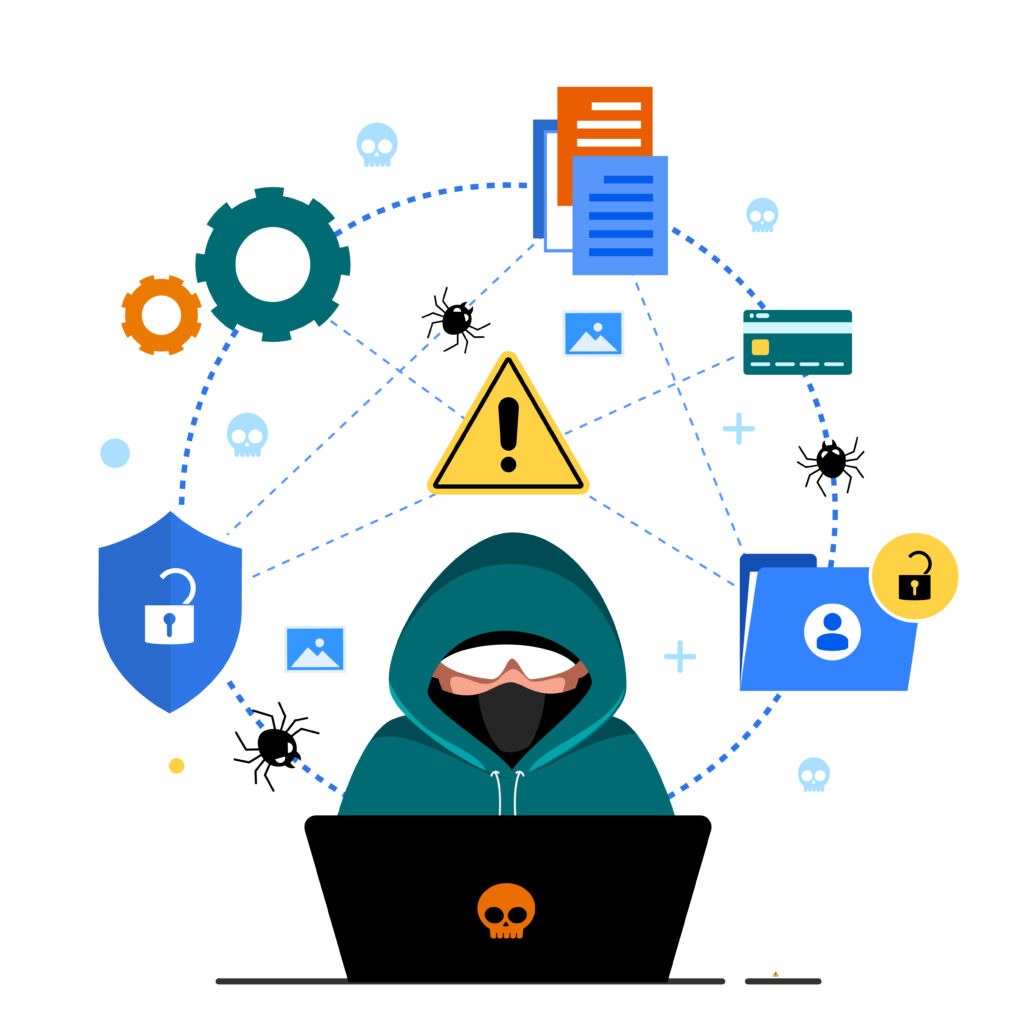Introduction to Thejavasea.me
Thejavasea.me Leaks AIO-TLP – In today’s digital age, data security has become a hot topic of discussion. With every click and interaction online, sensitive information is at risk of being compromised. One such incident that raised eyebrows recently is the Java Sea. I leak AIO-TLP. This alarming event serves as a wake-up call for individuals and businesses alike to take their data protection seriously.
But what exactly does AIO-TLP mean? And how can we ensure our data remains safe in an ever-evolving threat landscape? Join us as we discuss the intricacies of this situation, explore its implications on data security, and offer practical steps you can take to safeguard your valuable information.
What is AIO-TLP?
AIO-TLP stands for “All-In-One Threat Level Protocol.” It’s a framework designed to assess and categorize vulnerabilities based on their severity. This protocol aims to provide clarity in an increasingly complex digital landscape.
The AIO-TLP assigns threat levels that help organizations prioritize their responses. By understanding the nature of these threats, businesses can react more effectively.
Each category within AIO-TLP serves as a guideline for necessary actions. Some threats may require immediate attention, while others might be less urgent.
This system streamlines decision-making processes and enhances overall security posture. It enables organizations to direct resources to the areas of greatest need.
As cyber threats evolve, frameworks like AIO-TLP become vital tools for maintaining data integrity and safety. They serve as a roadmap through the often chaotic world of cybersecurity risks.

The Impact of AIO-TLP on Data Security
The AIO-TLP framework significantly alters the landscape of Data security. Its design primarily focuses on transparency and sharing information about vulnerabilities. However, such transparency may lead to unforeseen consequences.
When sensitive data is exposed through leaks like those from the Java Sea., organizations face severe repercussions. Cybercriminals capitalize on this information for targeted attacks. They exploit gaps in defenses, leading to breaches that could have been avoided with better practices.
Moreover, AIO-TLP fosters a culture of awareness among users and businesses alike. The more informed individuals are about potential threats, the more proactive they can be in safeguarding their data.
Yet, increased visibility also means greater risk when mishandled. Misinterpretation or misapplication of shared intelligence may result in inadequate responses to evolving threats, leaving systems vulnerable and open to exploitation by malicious actors lurking online.
Steps to Protect Your Data
Protecting your data begins with strong passwords. Use unique, complex combinations of letters, numbers, and symbols for each account. Simplify your password storage by relying on a trusted password manager.
Enable two-factor authentication (2FA) wherever possible. This adds an extra layer of security by requiring not just your password but also a second form of verification.
Regularly update the software on all devices. Security patches help close vulnerabilities that hackers might exploit.
Be cautious with public Wi-Fi networks. Avoid accessing sensitive information when connected to unsecured connections; use a VPN instead for added protection.
Educate yourself about phishing attacks. Recognize suspicious emails or messages asking for personal information and never click on unknown links.

Other Potential Risks and How to Mitigate Them
Data security extends beyond just the JavaSea. I leak AIO-TP. Various other vulnerabilities exist that can compromise sensitive information.
Phishing attacks are rampant and often sophisticated. Users may unknowingly disclose personal details while enticed by seemingly legitimate emails or messages. It’s essential to stay vigilant and verify sources before clicking on links or providing any information.
Malware is another threat lurking in the digital shadows. Once downloaded, malicious software can siphon off data without detection. Keeping your system updated with the latest antivirus software will help guard against such intrusions.
Public Wi-Fi networks pose additional risks as they can be easy targets for hackers looking to intercept data transmissions. Utilize a virtual private network (VPN) when accessing sensitive sites over public connections for an added layer of protection.
Regularly changing passwords helps fortify accounts against unauthorized access, making it harder for cybercriminals to exploit your credentials effectively.
Conclusion: Why Data Security is Crucial and What You Can Do About It
Data security has never been more critical. With the rise of cyber threats and data leaks, individuals and businesses alike must prioritize safeguarding their information. The recent revelations surrounding the Java Sea. I leak AIO-TLP highlights just how vulnerable our data can be.
Every piece of sensitive information you hold—whether it’s personal details or company secrets—is an asset that malicious actors want to exploit. Implementing robust security measures is essential to prevent unauthorized access to your data.
Begin by frequently changing your passwords and enabling two-factor authentication whenever it’s available. Educate yourself and your team about phishing attempts and other social engineering tactics that may compromise your security. Utilize encryption tools for sensitive communications and consider investing in comprehensive cybersecurity solutions tailored to your specific needs.
Monitoring systems for unusual activity can also help detect breaches early on, minimizing potential damage. Losing data isn’t only costly; it can also erode trust and credibility.
Taking proactive steps toward securing your data will not only protect you from immediate threats but also foster trust with clients, partners, and stakeholders who rely on you to manage their information responsibly. Every action counts when it comes to defending against cyber risks—so start taking them today.
Also Read: The Rise of dgmnews.com: Should You Trust It for Daily News?

One thought on “Is Your Data at Risk? Thejavasea.me Leaks AIO-TLP Explained in Detail”
Comments are closed.